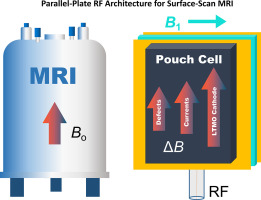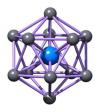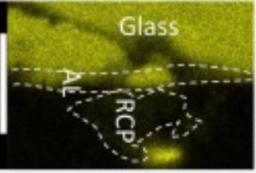Feb 16, 2024
MRI (based on Nuclear Magnetic Resonance - NMR)* is a well-known imaging and analysis method used in medicine for clinical diagnosis. The technique is also widely used in chemistry, biology and the study of materials.
A new method, recently developed and based on MRI, explores the local surface magnetization of an object. Applicable to the study of electrochemical processes, the method can be used to improve electricity storage devices for mobile equipments.
Feb 18, 2017
The chemical bonding in actinide compounds is usually analysed by inspecting the shape and the occupation of the orbitals or by calculating bond orders which are based on orbital overlap and occupation numbers. However, this may not give a definite answer because the choice of the partitioning method may strongly influence the result possibly leading to qualitatively different answers.
Feb 17, 2017
Nuclear Magnetic Resonance (NMR) spectroscopy is a powerful tool for biology, allowing structural and chemical analysis of metabolites as well as imagery (MRI). A collaboration of scientists from Nimbe, Neurospin and Bordeaux University, has recently designed a non-invasive online NMR μ-probe for profiling in-vivo metabolic physiological activities with a micro-size NMR detector placed in "close proximity" to a microdialysis sampling probe.
Dec 30, 2016
Nuclear magnetic resonance (NMR) is a powerful but poorly sensitive analytical technique. Major challenges in chemical analysis (the detection of products in very low concentrations or study of isotopic effects, for instance) encourage to explore new approaches to detect and separate weak signals from the main component ones.
Mar 25, 2016
Le stockage des déchets radioactifs à vie longue est un des enjeux majeurs de la filière nucléaire. Pour ce faire, les éléments radioactifs sont vitrifiés, au sein d'une matrice de verre placée dans un conteneur en acier. Il est ainsi nécessaire de comprendre la dégradation du verre en présence des produits de corrosion de l'enveloppe métallique.














